
READ ME IF YOU WANT TO DRIVE BRAND AWARENESS USING LINKEDIN
Interested in reading our guide as a PDF?
- The Brand Awareness Challenge
- Your Brand Awareness Objective
- Optimize Your Organic and Inbound Touchpoints
- Leverage Your Existing Assets
- Paid Touchpoints to Deliver Your Brand to New Audiences
- Perfecting Your Brand Awareness Targeting and Bidding Strategy
- An Always-On Approach to Building Brand Awareness at Scale
- Building Brand Awareness at Speed
- Demonstrating the Value of Brand Awareness

Read me if you want to build brand awareness on LinkedIn
Let's get started.
As marketers, we like to be as scientific as we can. We love generating numbers that we can track, calculating relevant metrics that we can report back to the business and proving the value of what we do.
By and large, this is a fantastic instinct. If we want to have meaningful and constructive conversations with sales teams or the C-suite then we need to be able to talk a language that everyone else speaks: the language of the bottom line.
However, not everything that contributes to the bottom line can be easily tracked. There will always be aspects of our role that don't add up quite so easily on a spreadsheet. They are less scientific and more serendipitous – but they are no less important.
Brand awareness definitely falls into this category. The fact that someone is aware of your brand has value even if they don’t signal that value by clicking on a link or filling in a form. Awareness provides your business with a huge competitive advantage because it’s far easier to generate demand for your products and solutions if people know who you are, know what you stand for and know what you’re good at. That makes it vital to find ways to invest in building brand awareness, even if you can’t see exactly what that investment is doing.
Consider recent research from Edelman and LinkedIn, which shows that 45% of business decision-makers decided to work with a supplier as a result of reading its thought leadership content. Those time-poor executives didn’t necessarily take the time to fill out a contact form – but that didn’t mean that their experience with the brand wasn’t having a big impact on their decision of whom to work with. Bear in mind too, that as buying committees get larger, being the brand that everyone recognises and trusts has huge advantages when it comes to being considered for a contract.
If you are only prepared to market to people who already know you and are already inclined to buy from you, then you are severely limiting your business’s potential for growth. The same thing applies when you are only prepared to invest in marketing if you can predict exactly how it will contribute. Brand awareness involves expanding the reach of your marketing beyond people who are already close to your business – or whom you already know about as a likely prospect. It taps far wider potential for growth. That’s why the fastest-growing businesses on the planet tend to be the businesses with the strongest brands.
If you’re a B2B marketer then there’s no environment more relevant and more effective for building brand awareness than LinkedIn. This guide will show you how to do it. Just as importantly, it will show you how to secure the buy-in of your business while you do.
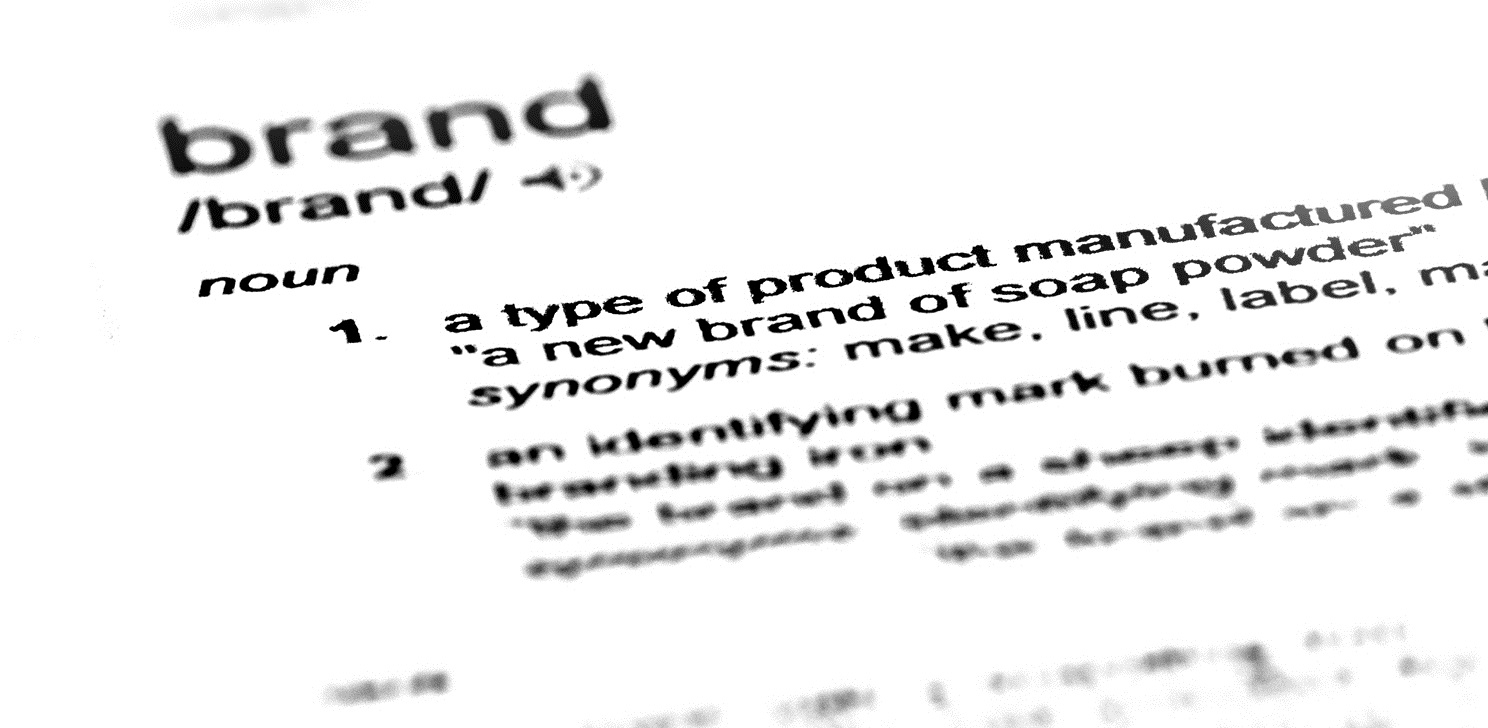

The brand awareness challenge
Building brand awareness requires you to reach and engage people that are new to your business – that don’t have an existing relationship with you and may well not have heard of you before. That requires investment – but it’s an investment that doesn’t have an immediate and obvious Return on Investment (ROI) to justify it. After all, you can’t introduce yourself to new audiences by asking them to fill in a data capture form, just so you can prove to the CFO that the piece of advertising or content they’ve seen was worth investing in.
To build brand awareness effectively and help your business buy into the value of what you’re doing, you have to be smart and savvy about how you invest. You have to be equally smart and savvy about finding ways to demonstrate the contribution you are making.
This is a conundrum that is common to all brand awareness campaigns – but the nature of the challenge varies significantly depending on the specific brand awareness goals that you have.
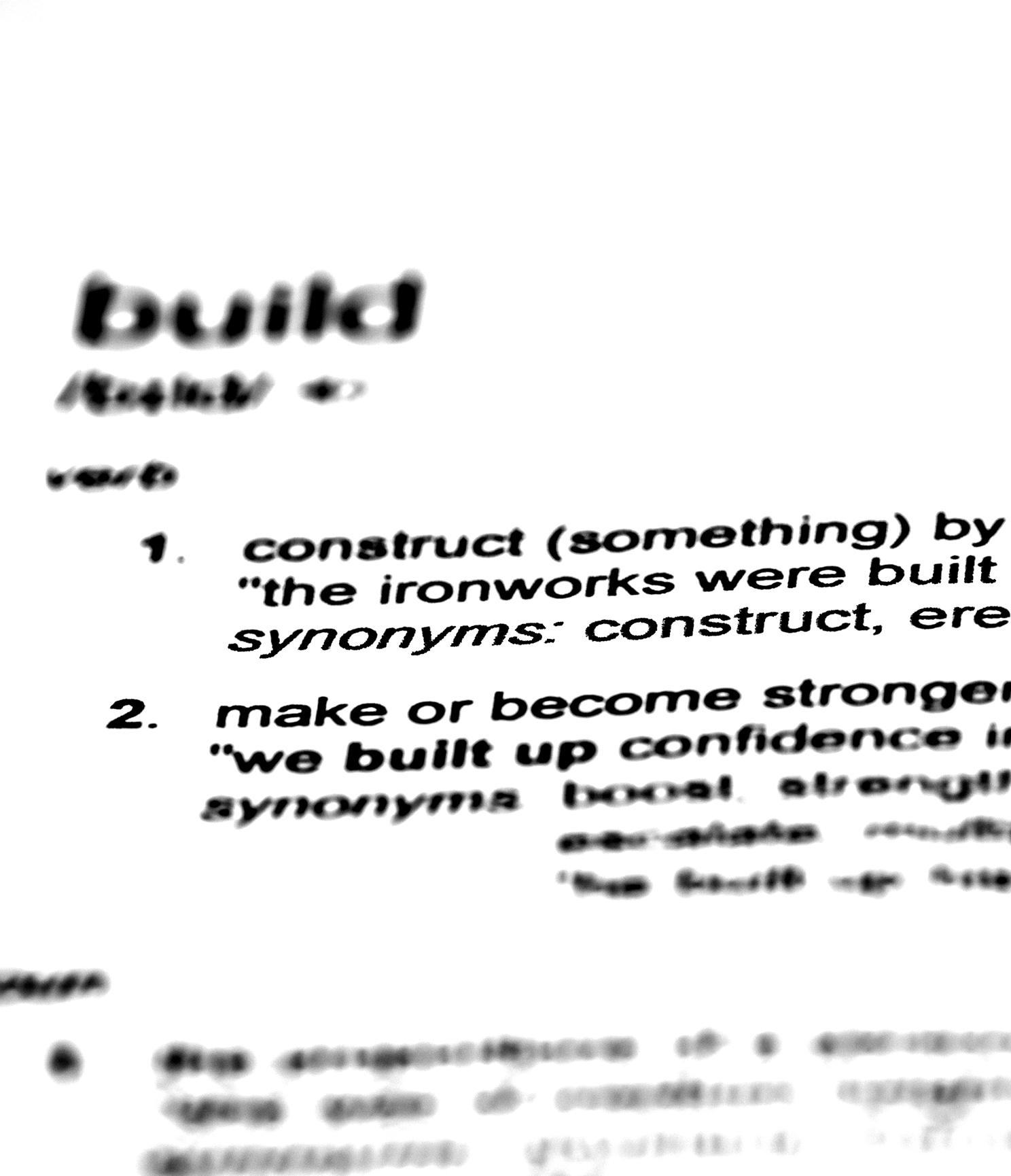

Knowing your brand awareness objective
Brand awareness campaigns can have very specific audiences. If you are working with your sales teams on an Account-Based Marketing (ABM) strategy, you will have a very specific audience at your group of target accounts that you need to make aware of your brand. You’ll also have a tight schedule. The pressure is on to grow awareness quickly. On the plus side though, you will have a far clearer route to establishing ROI than many brand awareness campaigns.
Alternatively, you could be investing in raising the general awareness of your brand amongst a wider-ranging audience. You know that this will increase your competitiveness in the long term, and that it’s vital to keep filling up your demand generation funnel from the top by introducing new people to your business. The good news for this kind of brand awareness building is that time is on your side: there is less urgent and immediate need, and plenty of time to recoup the benefits. The downside, is that proving ROI can be very difficult – and this increases the pressure on your brand awareness budget.
In either case, one of the most powerful assets that you can have in building effective brand awareness is helpful content. Putting useful content in front of your audiences is a proven strategy whether you are targeting a relatively narrow audience or a far broader one.
Research from Corporate Visions shows that 74% of buyers choose the company that was first to add value as they are defining their buying vision. When you put helpful content in front of audiences at scale, you significantly increase your chances of being that company.
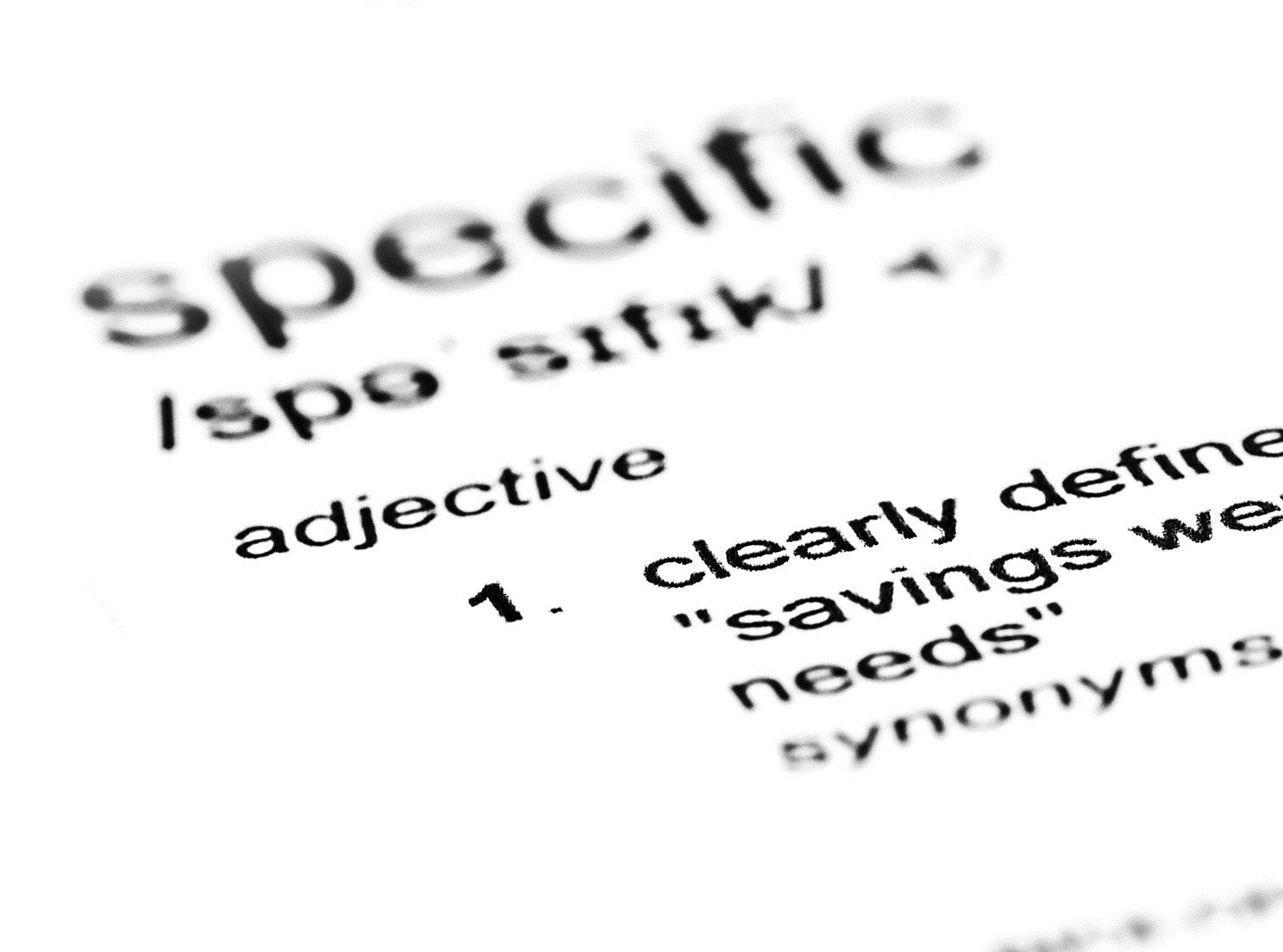
As the world’s leading professional content platform, LinkedIn provides you with everything you need to solve the different types of brand awareness challenge through relevant advertising and content. The key is tailoring the way you plan, target and buy your brand awareness activity to reflect the particular challenges you face.

Optimise your organic and inbound touchpoints
Let’s face it: when you know that demonstrating the value of your marketing investment will be a challenge, it makes sense to get as much value as possible from the tactics that don’t require a media budget.
LinkedIn offers a broad range of organic branding opportunities that can communicate your expertise, values and key messages to members on our platform.They are the ideal building blocks for an inbound marketing strategy: sharing value-adding content and advice that draws people to your business, and providing them with the opportunity to engage with you on an ongoing basis.
The Company Page is your brand’s home on LinkedIn – your opportunity to tell your brand story in a compelling way, provide the content for audiences to engage with and show your values in action. It’s free to create and share, and provides an immediate opportunity for audiences to engage with you by becoming followers and receiving updates. Showcase Pages can do a similar job for specific brands or aspects of your business that have their own audiences.

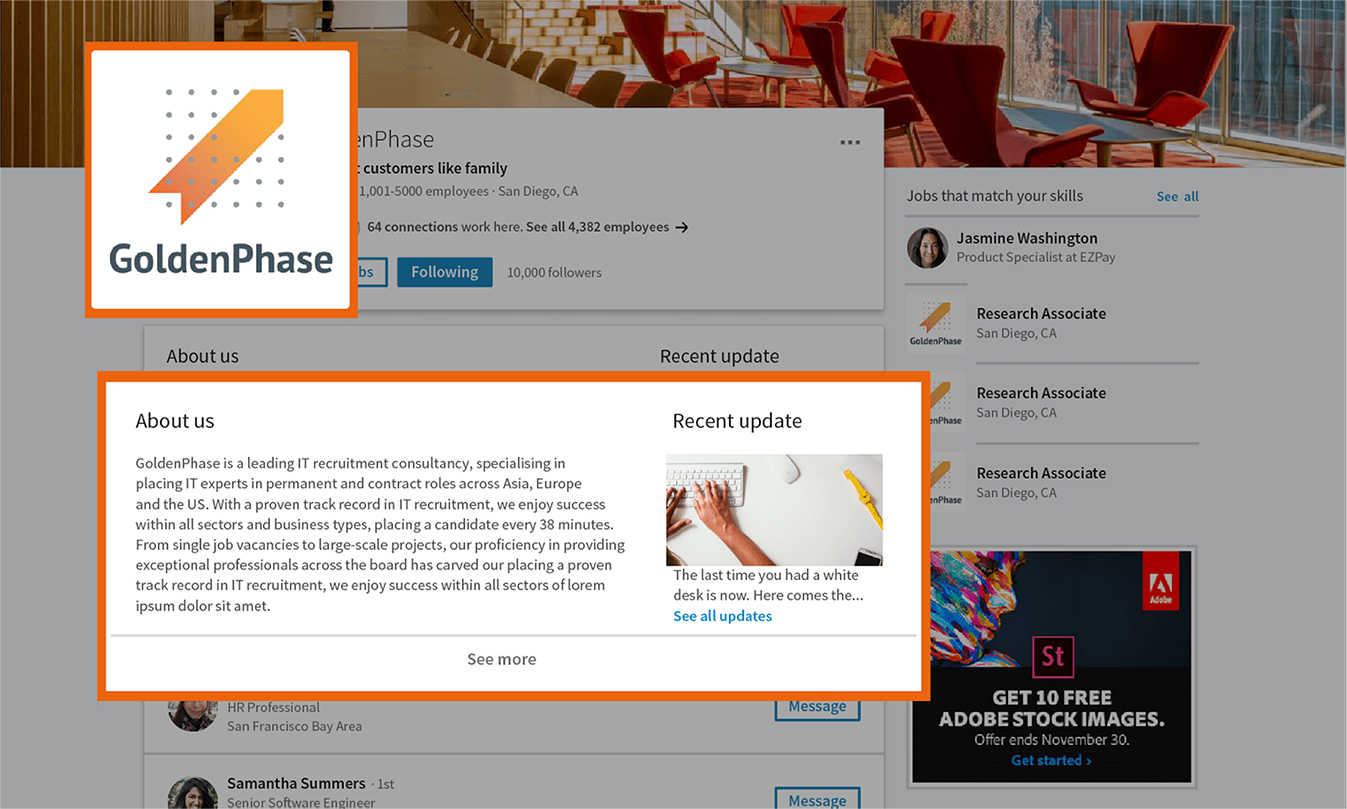
Company updates are an opportunity to share value-adding content for your Company Page followers to engage with – and that engagement generates organic reach by putting your updates into the feed of your followers’ connections. Once your followers start engaging regularly with your updates, you’ll be building brand awareness and generating inbound traffic. There’s a good chance that the people you reach will be relevant audiences for your brand, given their connection to people who already follow you. And the fact that they know others are engaging with you builds brand credibility.
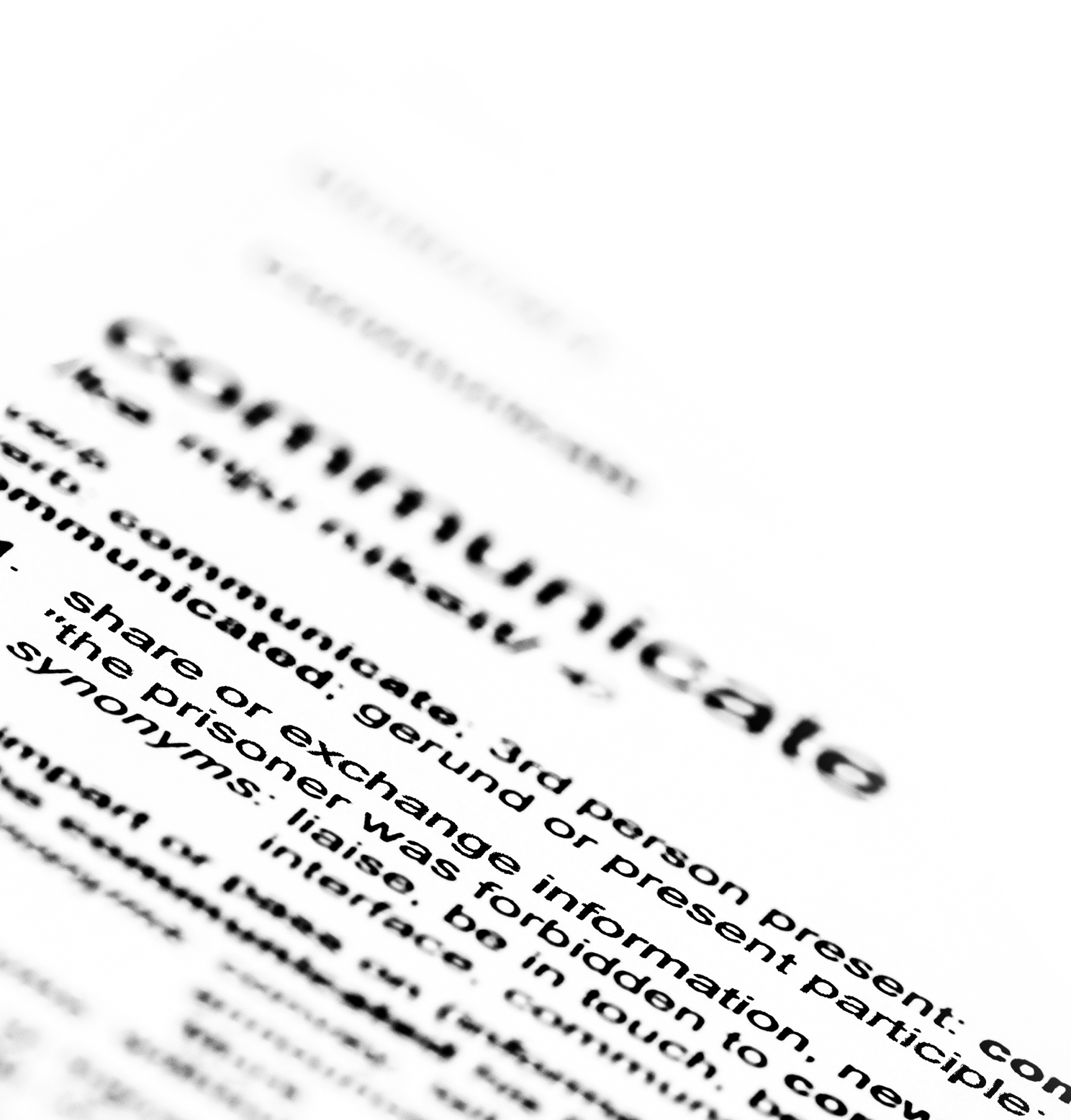

Leverage your existing brand awareness asset
When you’re looking to generate awareness at scale and be savvy with your budget, it’s helpful to take a look at the balance of your working and non-working spend: the investment you make in reaching an audience versus the investment that you make in creating brand assets to put in front of them. The more efficiently you can create the brand assets that you need, the more budget you’ll have to put those assets in front of a relevant audience – and the easier it will be to secure support from your business for your brand-building investment.
Building brand awareness on LinkedIn doesn’t necessarily involve creating new brand assets specifically for LinkedIn. The content for your brand awareness campaign can include existing video or display ads, relevant posts that you’ve written for your company blog, or campaigns that you are running on Twitter, Facebook or other channels. By putting these in front of a relevant, professional audience on LinkedIn, you can significantly increase the value that your previous marketing investments deliver:
- If you have top-performing tweets of 40 characters or less then you already have content that’s the ideal length for an update in the LinkedIn feed. You can leverage your tweet images and hashtags on LinkedIn as well.
- Posts that perform well on your company blog can be great assets for brand awareness campaigns. You can either promote them directly through updates in the feed or adapt them into self-published LinkedIn posts with a byline from a relevant expert or executive.
- Any video content or advertising that you’ve invested in can play a role in building brand awareness on LinkedIn. You can use your video content as Sponsored Content in the LinkedIn feed.
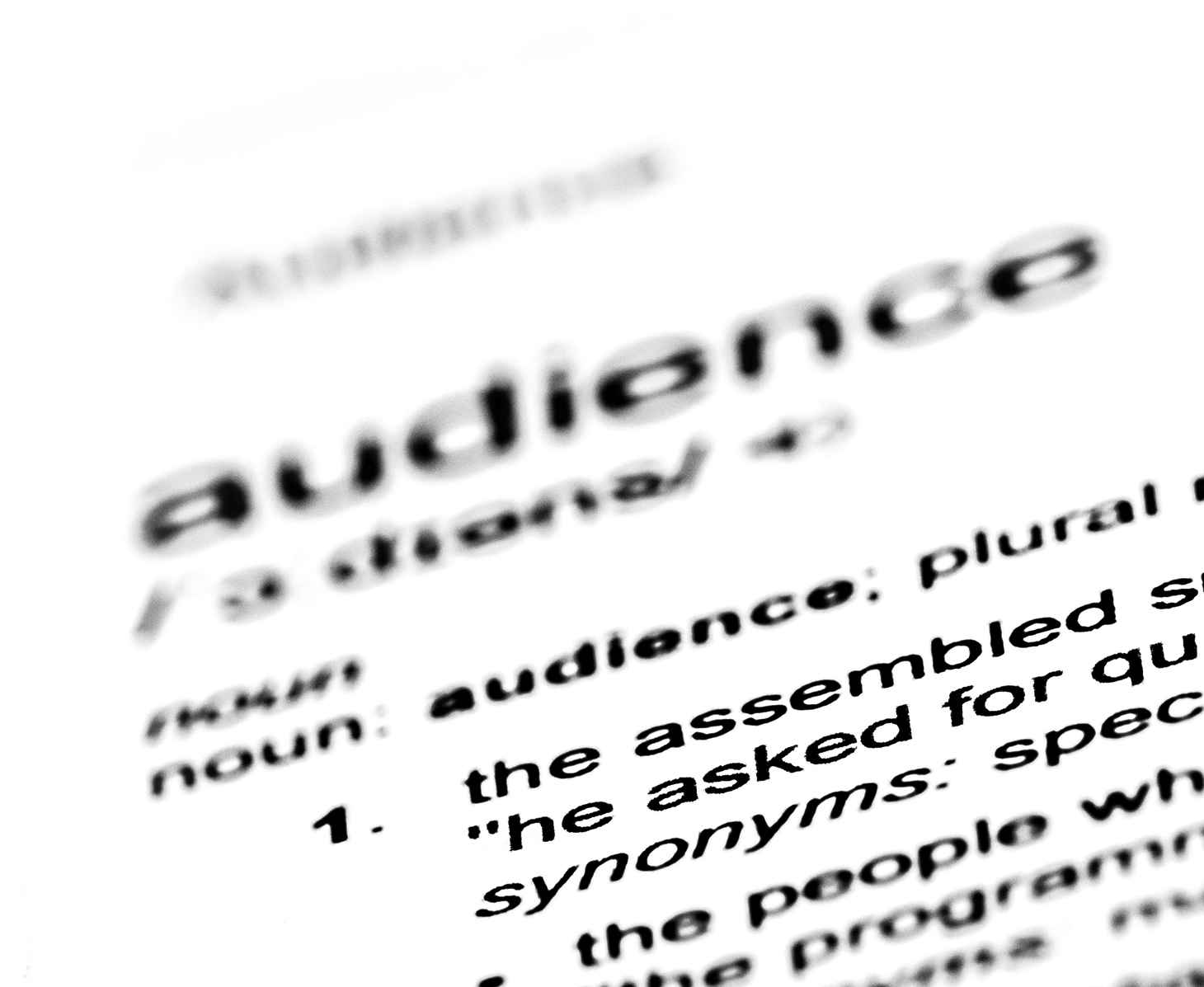
Remember that content doesn’t have to start life as part of a brand campaign in order to play a valuable role in building brand awareness. If you’ve run lead generation campaigns that generated strong engagement, then it’s worth giving that content a second life as part of an always-on brand campaign that runs continually, building awareness over time. To adapt it for this new role, remove data capture forms or any other lead generation elements that could add friction to the process of engaging with your brand assets.

Choose the paid touchpoints to deliver your brand to new audience
Choose your LinkedIn touchpoints and tactics
So far, we’ve focused on using organic and inbound touchpoints to maximise the visibility of your brand on LinkedIn. However, you can’t build brand awareness at scale just by waiting for people to come to you. If you want to reach new audiences and build critical mass, you’ll need to invest in leveraging LinkedIn’s paid media touchpoints to put your brand in front of the right people.
The LinkedIn advertising formats that are best suited to building brand awareness are those that offer the space and impact to communicate what your brand stands for, and why that is relevant to your audience. Through these formats, you’ll reach a receptive, pre-engaged audience that are very open to receiving relevant brand content and advertising. According to Business Insider Intelligence’s Digital Trust Report, LinkedIn is 3x more trusted to deliver worth while content than any other social platform. That makes the LinkedIn newsfeed a great environment for people to discover your business.

For driving brand awareness and engagement across devices
Sponsored Content
Sponsored Content delivers your brand’s content in the LinkedIn newsfeed, which is exactly where LinkedIn members look to stay informed on topics that matter most to them as professionals, including through genuinely helpful content from brands. Your content will appear as an update in the feed of your target audience, on smartphone, tablet and desktop.
You can publish directly in the LinkedIn newsfeed, tailoring content to different audiences, testing variations and leveraging your brand assets as part of an always-on campaign.
A proven Sponsored Content strategy is to use your budget to back Company Page updates that are already driving strong organic engagement amongst your followers. Extending the reach of this proven content to new audiences will dramatically increase its impact on brand awareness.

Including video in your Sponsored Content means that you can position your brand’s video assets directly in the LinkedIn feed. Combining video with Sponsored Content enables you to deliver TV ads, product demonstrations, video stories and thought leadership content. From April 2018 onwards, we’ll be rolling out the capability to upload video directly to LinkedIn as part of your Sponsored Content campaigns.

Programmatic Display Ads
It’s easy to extend your existing online display advertising to LinkedIn, either by adding LinkedIn to your existing programmatic buy, or by buying LinkedIn display ads specifically through a private auction. LinkedIn Display Ads appear in the right-hand column of LinkedIn on desktop, and come in classic 300 x 250 pixel dimensions. LinkedIn only displays one ad per page and it’s always delivered above the fold with viewability over 80%.

Sponsored InMail
Use Sponsored InMail to deliver private messages to a target audience at scale, as part of an ABM strategy or a focused demand generation campaign. Sponsored InMail is a fusion of email and instant messaging that professionals trust and respond to, with an average open rate of 52%. Take a personalised approach, with Sponsored InMail that comes from a relevant expert or thought-leader within your business. Call out the value that you can add as a supplier in the message headline to provide a clear reason to read. Sponsored InMail is at its most effective for driving brand awareness when you use it to share thought-leadership assets that have real value for your audience.


Perfecting your brand awareness targeting and bidding strategy
Every time a LinkedIn member scrolls through their feed we hold an auction for the opportunity to advertise to them through Sponsored Content. We run similar auctions to deliver Sponsored InMail to members. To protect the member experience and ensure strong engagement, LinkedIn carefully controls the amount of promoted content that members are exposed to. To build brand awareness, you need to win enough of these auctions to put your content in front of relevant audiences at scale. That makes your bidding strategy an important element in building brand awareness on LinkedIn.
It’s important to look at your targeting and your bidding strategy in combination. You’ll need to make higher bids in order to secure reach amongst a specific target audience. However, when your audience is broad, a lower bid can give you the reach that you need by putting your content and advertising in front of people that fewer campaigns are competing for. LinkedIn operates a second-price auction, so that the amount you eventually pay is likely to be lower than the amount that you bid.
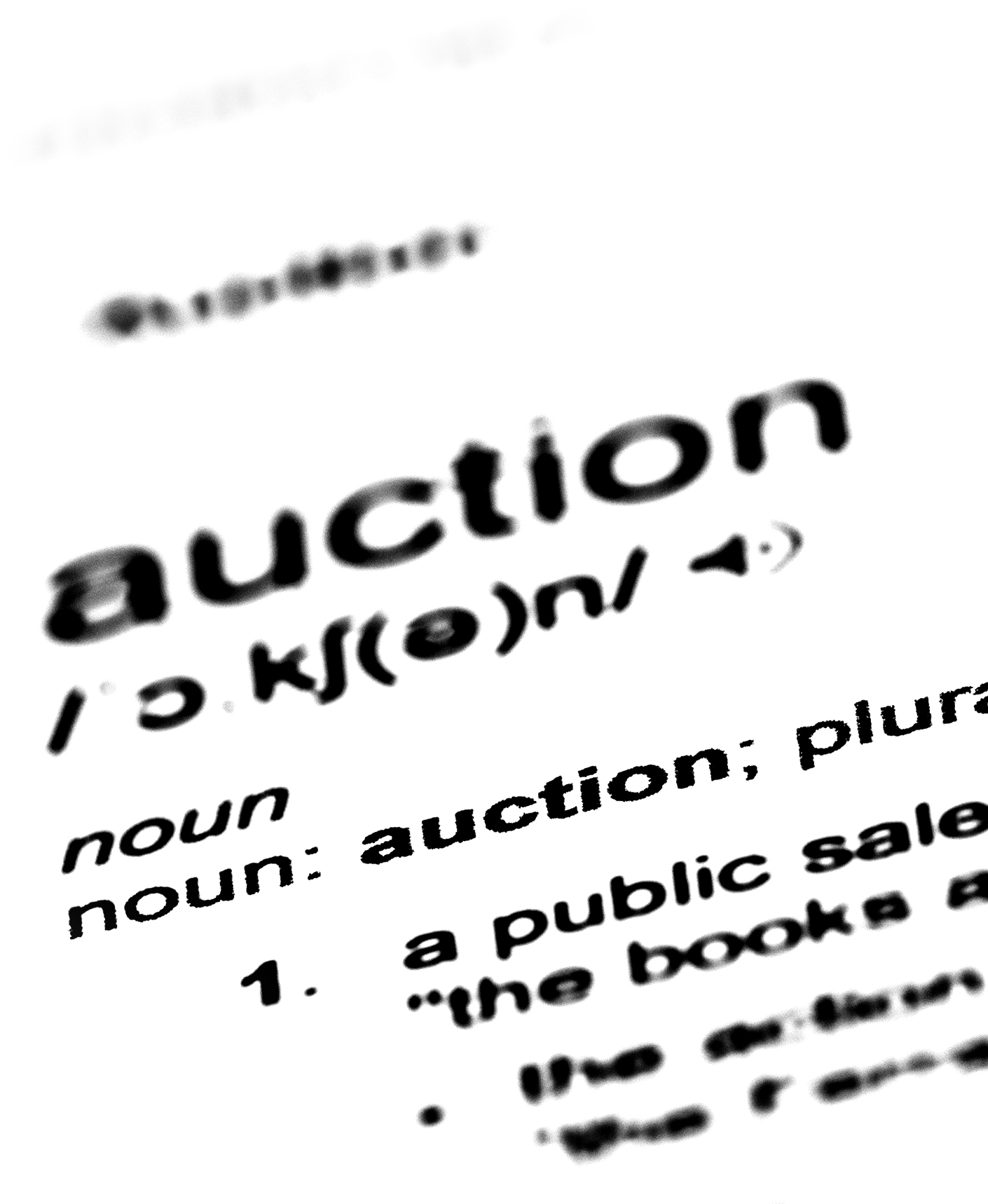

An Always-On approach to building brand awareness at scale
If your aim is to raise brand awareness at scale then define your relevant audience in the broadest terms that you can. LinkedIn targeting parameters like industry, job function or broad-ranging skills are ideal for this. When you use LinkedIn Campaign Manager to set the targeting parameters for your campaign, you’ll be given an estimate of your likely audience size. For building brand awareness, you should define an audience of at least 300,000 LinkedIn members, to enable you to reach your objectives cost-effectively. This will usually involve using a maximum of two targeting parameters.
This cost-efficient approach can still drive very high levels of engagement. That’s because you are still reaching relevant people with your brand marketing – you are just doing so over a longer period of time, whenever your bids come out on top. As a marketer, these engagement rates and a low CPM provide you with valuable metrics to feed back to the business to show how your brand awareness campaign is performing. They may not track the impact of your activity all the way through to leads and conversions – but they give a useful indication of how efficiently you are filling the top of the demand generation funnel.
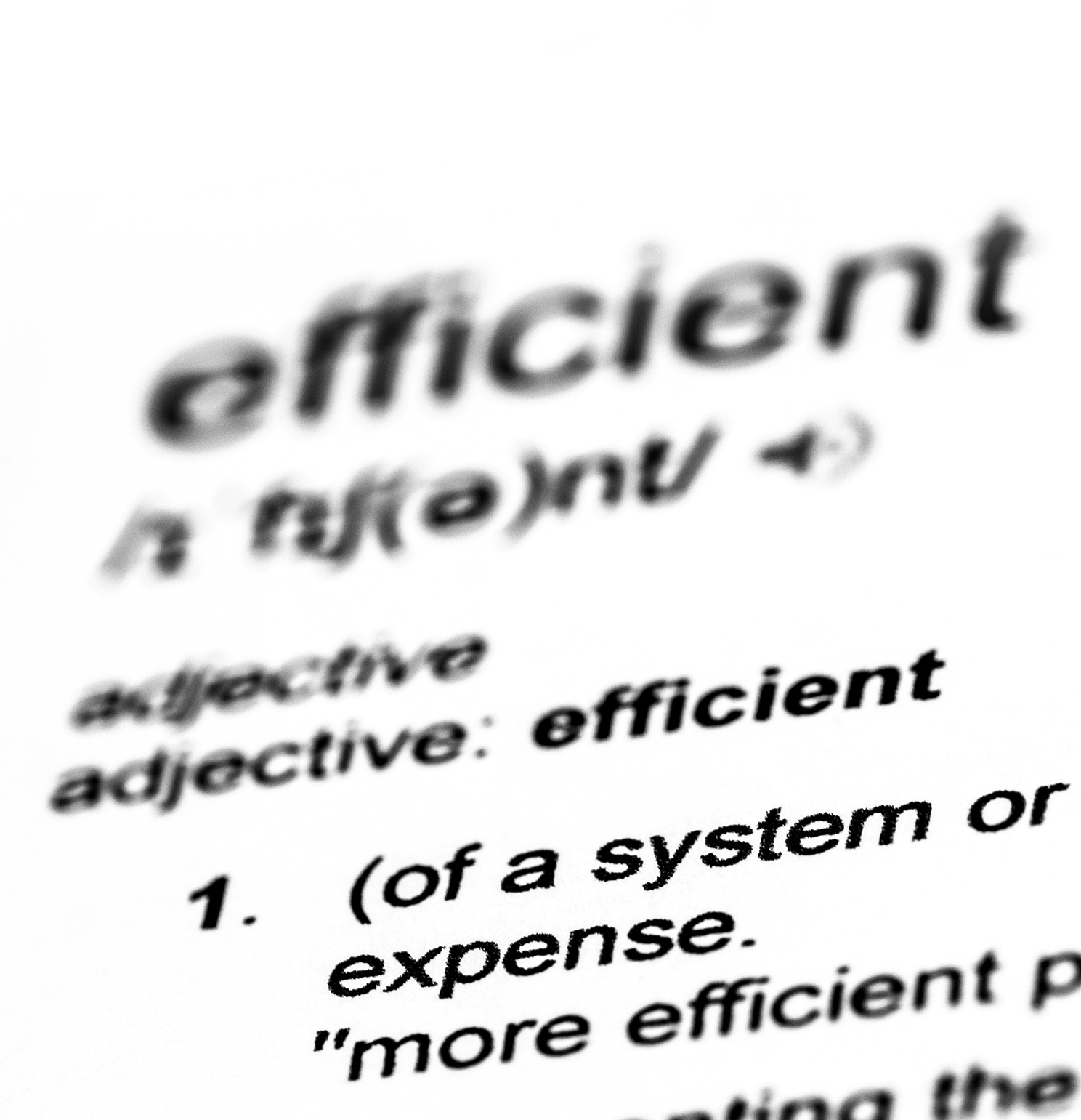

Building specific brand awareness at speed
If your objective is to raise brand awareness amongst a more tightly defined target audience then you will need an approach to targeting and bidding that has more in common with lead generation campaigns. If you’re working with sales on an ABM approach, use LinkedIn Matched Audiences to upload a list of your agreed target accounts and then use this as the basis for your targeting. You will need to bid aggressively to secure reach amongst this audience. In fact, the best approach is to set your bid £1, €1 or $1 above the top end of the bid range for this audience that’s shown in Campaign Manager. This will spend your budget faster – but that makes sense when you are building awareness amongst prospects that you have identified as having real value.
This type of high-powered brand awareness campaign requires a different approach to demonstrating value to your business, since you are likely to be paying more for each impression and click that you generate. Synchronise your demand generation activity with lead generation campaigns that can capitalise on the awareness you’ve built and translate it into leads. Then work with sales to track the progress of these leads through the conversion funnel.
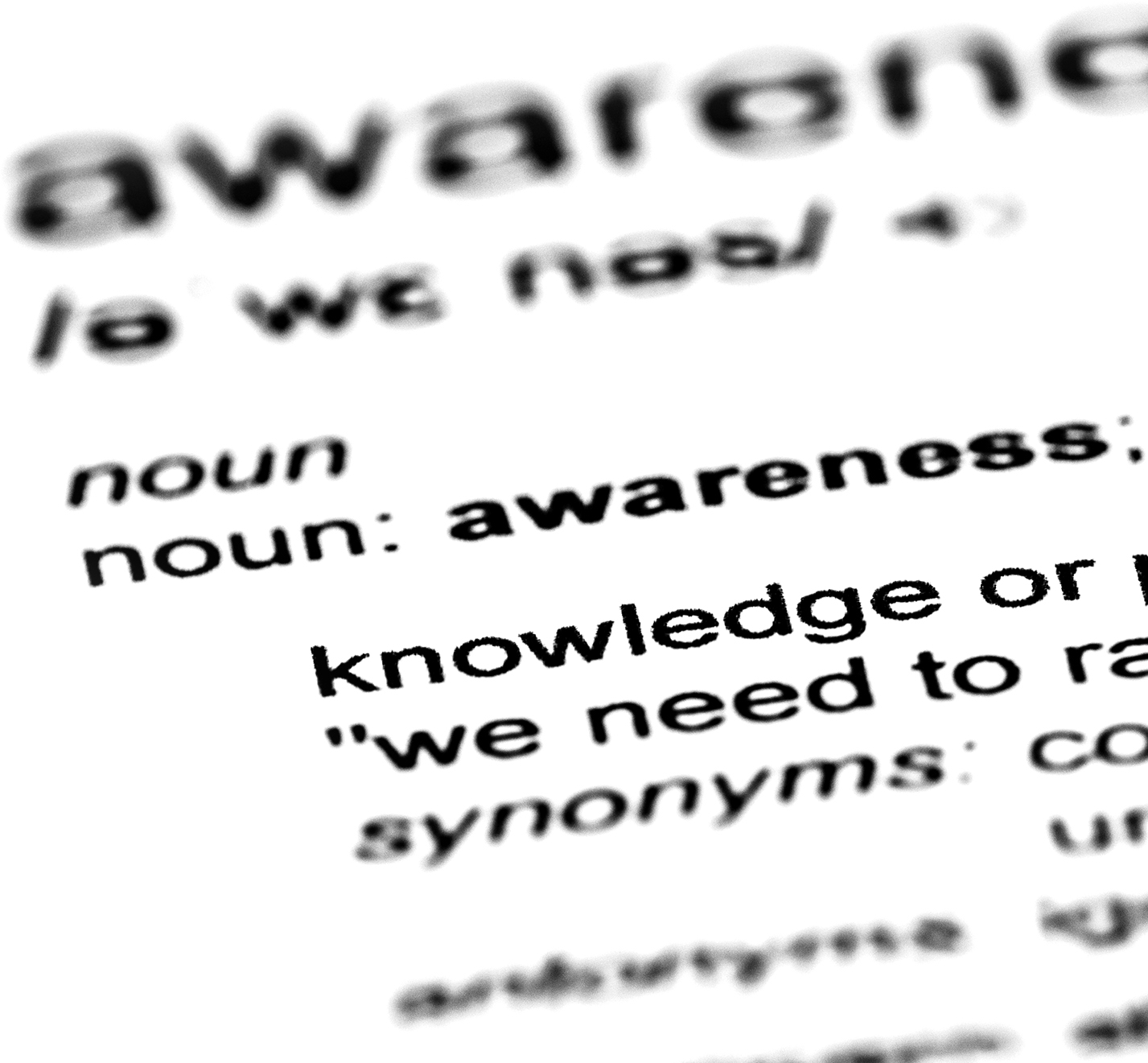

Demonstrating the Value of Brand Awareness
By its very nature, brand awareness is one of the most difficult elements of marketing to link to the business bottom line. However, that’s not to say you can’t generate meaningful evidence of the value that your brand engagement is generating on LinkedIn.
Engagement and click-through rates are the most immediately available metrics. Some people describe these as ‘vanity metrics’ because they don’t relate directly to business outcomes. However, they are still a useful indicator of the impact that your brand activity is having, especially if you are able to demonstrate who is engaging with your brand awareness content, and what that engagement is leading to. By adding the LinkedIn Insight Tag to your website you can access Website Demographics. This is a free reporting tool that uses LinkedIn profile data to provide an anonymised picture of the types of professionals that visit your website as a result of engaging with your advertising and content on LinkedIn. If you’re reaching large numbers of relevant people cost-effectively – and those people are paying an interest in your business – then that’s strong evidence of the value brand awareness is adding.
The range of metrics that you can use to track the impact of brand awareness campaigns on LinkedIn includes:
- The reach that your campaign is achieving
- The cost per 1,000 impressions (CPM)
- The engagement rate (which incorporates shares, likes and comments)
- The click-through rate
You can support this through other metrics that can help to measure the impact of your brand activity:
- Uplift in people searching for your brand
- Increases in brand recall and awareness, as measured by surveys
- Traffic to your website and the number of unique visitors
- The number of linkbacks that your content assets generate (showing that people are aware of your content and regard it as authoritative)

Brand awareness is the magic ingredient in marketing: its impact can be unpredictable and difficult to measure but it’s also immensely powerful in differentiating your business from the competition and unlocking opportunity in the short, medium and long term. As such it’s worth going to a little more trouble to track by combining different relevant metrics for a multi-dimensional picture of what’s happening to your awareness levels. As a marketer, you will always be more effective when you can find room in your budget for building awareness – and support from your business for doing so. LinkedIn is a great asset in helping you to do both these things.
Get started advertising on LinkedIn.
We're here to help you get started on LinkedIn.Speak to our expert team or start driving results straight away with self-service.